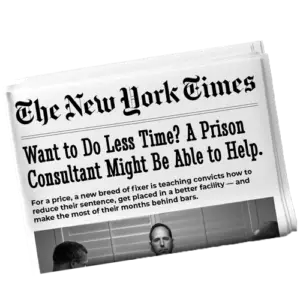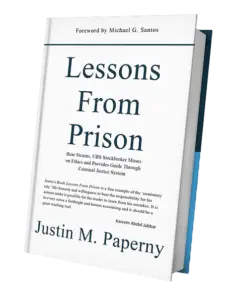On December 15, 2004, I walked into my branch manager’s office at UBS thinking it was a normal day. It wasn’t.
He handed me a fax. “Sign your name for me eight times,” he said.
The first page was a cover letter from an accountant. The second was a letter supposedly written by me—on UBS letterhead. It promised that if the hedge fund my client ran ever failed, UBS would step in and reimburse investors at full market value.
The letter wasn’t mine.
It had my name on it. It had my signature. But I didn’t write it. I didn’t sign it.
I knew immediately what had happened. My client, Keith, had walked into my office, taken UBS letterhead, and forged my name to quiet investor concerns. And this wasn’t a one-time thing. It had happened before.
The Setup I Ignored
I met Keith in 2002. He called me and asked if he could move his $6 million hedge fund to UBS. I agreed. I knew his reputation. I’d worked with him before. He was aggressive. Reckless. The kind of guy who’d say whatever he needed to say to get a deal done.
But I wanted the business. I was building my numbers. So I took the money.
That decision—putting revenue above character—set the stage for everything that followed.
By the end of 2004, that $6 million was gone. Bad trades. High commissions. And now, fake letters with my forged signature going out to investors.
What I Should Have Done—and Didn’t
When I found out what Keith had done, I had a chance to protect myself. I could have escalated it. I could have demanded a full audit. I could have filed a report with compliance.
Instead, I tried to play righteous in front of my branch manager and hoped it would go away.
Everyone played dumb. No one wanted to be the one to say, “Yes, this happened. Here’s how. Here’s what I did—or didn’t do.”
That’s how it works in white collar cases. People protect themselves first. They say less. They distance. They point fingers quietly.
And when the government shows up, they don’t buy any of it.
Why This Matters at Sentencing
You might think this is just a story about a forged signature. But it’s not. It’s about how I responded to fraud once I knew it was happening.
Judges care about your response. Probation officers put it in their reports. The BOP reads it in your file.
If you learn about misconduct and say nothing—if you try to “play dumb” like I did—you put yourself in a worse position at sentencing. You might not have committed the fraud yourself, but silence and self-preservation don’t look like integrity.
When the time comes to write your personal narrative, to prepare for your PSR interview, or to stand in front of a judge, this moment—how you responded once you knew—will matter more than how you got into the situation.
What I Didn’t Know Then—but You Need to Know Now
I thought staying quiet might protect me. It didn’t. It made things worse.
I thought if I distanced myself from Keith, I could avoid the consequences. I couldn’t. When he went down, my name was all over the paper trail—especially the one with the forged signature.
I thought if I avoided specifics, the government might not figure it out. They did. They always do.
Everything I didn’t say became part of the narrative the government built about me: that I was passive, complicit, unwilling to act when it counted.
That narrative cost me at sentencing. It lengthened my sentence. It closed off options I could’ve had if I’d documented my concerns, taken real steps, and told the truth sooner.
Ask Yourself This
If someone pulled your name into something fraudulent today—would you respond differently than I did?
Would you create a clear record? Would you document your actions? Would you tell the truth even if it put you in a tough position?
Or would you stay quiet and hope it passes?
One of those responses builds a record that shows character. The other shows the court you’re still thinking about yourself.
Schedule a Call—Or Join Us Live
If you’re in a position where you know more than you’ve said—don’t wait. Start documenting your response now.
Schedule a personal call with our team to begin building a record that proves you’re worthy of leniency.
Or join our weekly webinar every Tuesday at 11AM Pacific / 2PM Eastern. We’ll break down exactly what judges, probation officers, and the BOP look for—and how to build it, step by step. No theory. Nothing polished. Just what actually works and what to do next.
Justin Paperny



